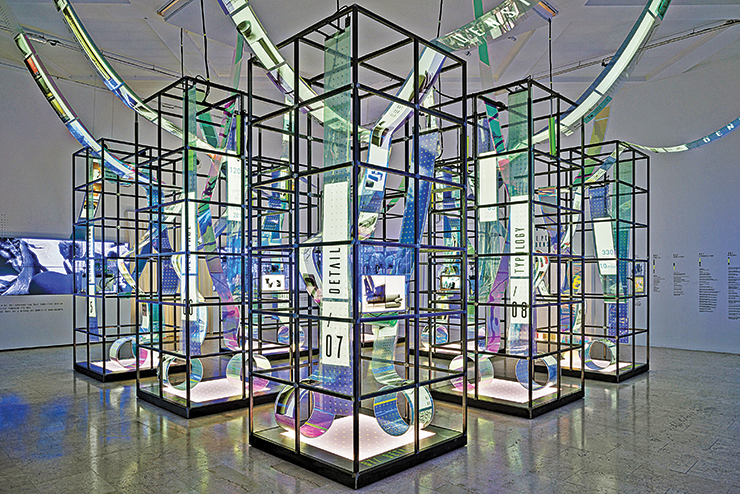
It began with a rubber ducky. The modest and ever-present bathtub accessory seems an unlikely source of inspiration, but in fact it was the very process used to manufacture these rubber ducks that sparked a revolution in furniture production and the birth of one of the world’s leading brands, B&B Italia.
A disruptor long before the term was coined, Piero Ambrogio Busnelli saw the untapped potential of cold-forming polyurethane molding technology—the same used to produce rubber ducks, along with other industrially designed products. A risk-taker and a visionary, Busnelli used the technology to produce a new species of industrial furniture.
On the threshold of a new plastic age of entrepreneurs and designers, in 1966, Italian manufacturers were still wholly focused on craft-scale, traditional furniture production. Busnelli, however, left his family armchair business to launch C&B with Cesare Cassina, pursuing a vision to create something new: a “design industry.” “The unconventional vision of my grandfather set a new standard in the furniture business,” says Massimiliano Busnelli, one of the directors of Research & Development at B&B Italia. “His intuition enabled him to understand the great potential of design, new technologies and industrial processes in a moment when classic furniture seemed to be the only possibility.”
C&B, which became B&B Italia in 1973 when the men parted ways, put an emphasis on the Research & Development department, becoming the breeding ground for young, unproven designers—Afra and Tobia Scarpa, Renzo Piano, Gaetano Pesce and Antonio Citterio—whose names are now synonymous with innovation. Since the company’s founding, more than three percent of annual sales have gone back into R&D at the company’s “creative workshop,” the Research & Development Centre in Novedrate, making it the engine of an experimental, research-driven enterprise and revolutionizing processes and products.

In 1966, for example, Scarpa’s Coronado, became the first upholstered furnishing to feature a steel skeleton embedded in cold-form polyurethane padding. In 1969, Pesce designed his voluptuous UP seating to arrive at the customer’s home vacuum-packed and “self-form” in situ. By 1972, the series, synthesizing inventive industrial design, interactive artwork and feminist political statement, had been included in the landmark MoMA New York exhibition “Italy: The New Domestic Landscape.” R&D even encompassed communications, including the company’s TV campaign—the first Italian furniture brand to advertise on TV—and producing Oliviero Toscani’s 1972 ad campaign for Mario Bellini’s Le Bambole chair, which had to be censored for featuring a topless model. “B&B Italia still relies on the same principles my grandfather introduced in 1966,” says Massimiliano Busnelli, “and that strong technological approach still represents a key brand value.”
Today, the R&D nerve center, under the co-direction of Busnelli, employs 10 master craftsmen, who have helped to realize the vision of designers like Zaha Hadid, Patricia Urquiola, Naoto Fukasawa and Doshi Levien. Through a combination of hand-making and clever translations of industrial technology, B&B Italia research and development staff continue to say, as designer Jay Osgerby of Barber Osgerby puts it, “Don’t worry, we’ll find a way.”










 in your life?
in your life?

